Canine noninflammatory alopecia: a comprehensive evaluation of common and distinguishing histological characteristics
May 2012
in “Veterinary Dermatology”
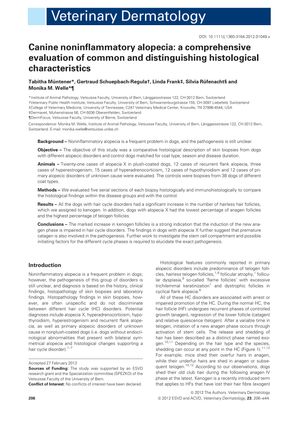
TLDR Different types of dog hair loss are linked to problems starting the hair growth phase and early hair cycle ending.
The study investigated the histological features of skin biopsies from 76 dogs with various forms of noninflammatory alopecia, including alopecia X, recurrent flank alopecia, hyperestrogenism, hyperadrenocorticism, hypothyroidism, and primary alopecic disorders of unknown cause, compared to 38 control dogs. The results showed a significant increase in kenogen follicles across all hair cycle disorders, suggesting an impaired induction of the anagen phase. Specifically, dogs with alopecia X had the lowest percentage of anagen follicles and the highest percentage of telogen follicles. The study concluded that there is an impairment in anagen phase induction in these disorders and that premature catagen may contribute to their pathogenesis. The study highlighted the need for further research into the stem cell compartment and initiating factors for different cycle phases to fully understand the pathogenesis of canine alopecia.
View this study on onlinelibrary.wiley.com →
Cited in this study

research Bald scalp in men with androgenetic alopecia retains hair follicle stem cells but lacks CD200-rich and CD34-positive hair follicle progenitor cells
Men with baldness due to androgenetic alopecia still have hair stem cells, but lack specific cells needed for hair growth.
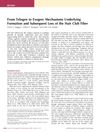
research From Telogen to Exogen: Mechanisms Underlying Formation and Subsequent Loss of the Hair Club Fiber
Hair shedding is an active process that could be targeted to treat hair loss.
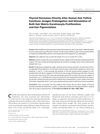
research Thyroid Hormones Directly Alter Human Hair Follicle Functions: Anagen Prolongation and Stimulation of Both Hair Matrix Keratinocyte Proliferation and Hair Pigmentation
Thyroid hormones help hair grow, reduce hair loss, and increase hair pigment.
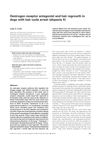
research Oestrogen receptor antagonist and hair regrowth in dogs with hair cycle arrest (alopecia X)
Fulvestrant at 10 mg/kg does not promote hair regrowth in dogs with alopecia X.
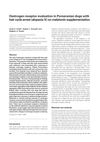
research Oestrogen receptor evaluation in Pomeranian dogs with hair cycle arrest (alopecia X) on melatonin supplementation
research Comparative dermatology—canine endocrine dermatoses
Endocrine diseases in dogs often cause skin problems, with hypothyroidism and hyperadrenocorticism being common and leading to hair loss and infections.
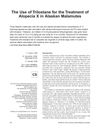
research The Use of Trilostane for the Treatment of Alopecia X in Alaskan Malamutes
Trilostane effectively treated hair loss in Alaskan Malamutes with no adverse effects.

research Atrophic Diseases of the Adnexa
The document's conclusion cannot be provided because the document is not readable or understandable.
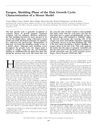
research Exogen, Shedding Phase of the Hair Growth Cycle: Characterization of a Mouse Model
Researchers found that hair shedding happens mostly when new hair is growing and involves a unique process.

research Fortnightly review: Male pattern androgenetic alopecia
Hair loss in men is common, treatable, but not curable.
research An estrogen receptor pathway regulates the telogen-anagen hair follicle transition and influences epidermal cell proliferation.
Estrogen affects hair growth and skin cell multiplication.
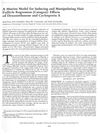
research A Murine Model for Inducing and Manipulating Hair Follicle Regression (Catagen): Effects of Dexamethasone and Cyclosporin A
Dexamethasone speeds up hair loss in mice, while cyclosporin A slows it down.